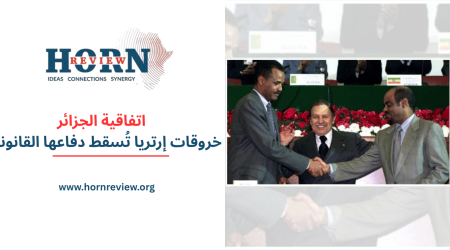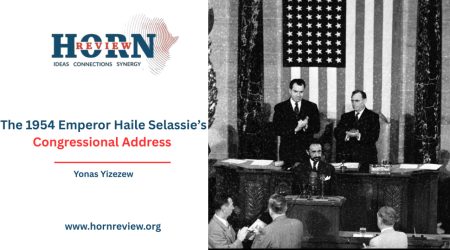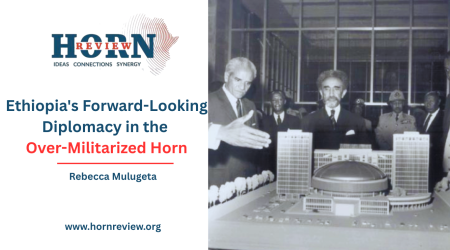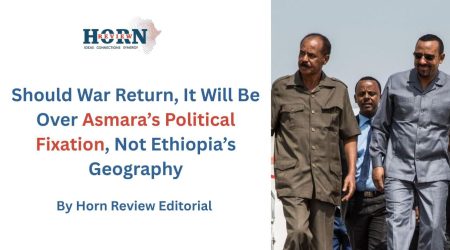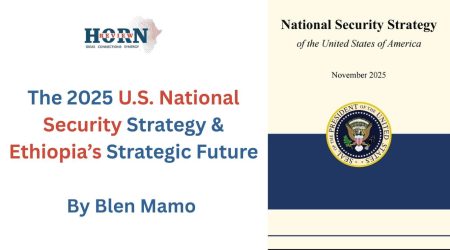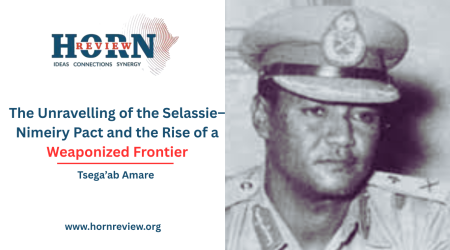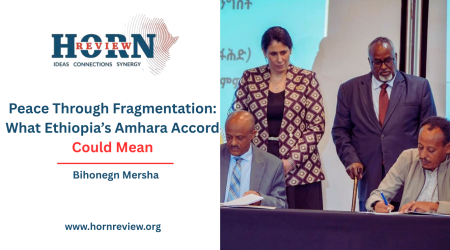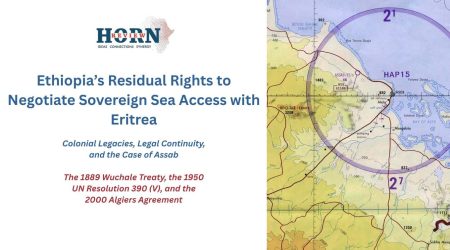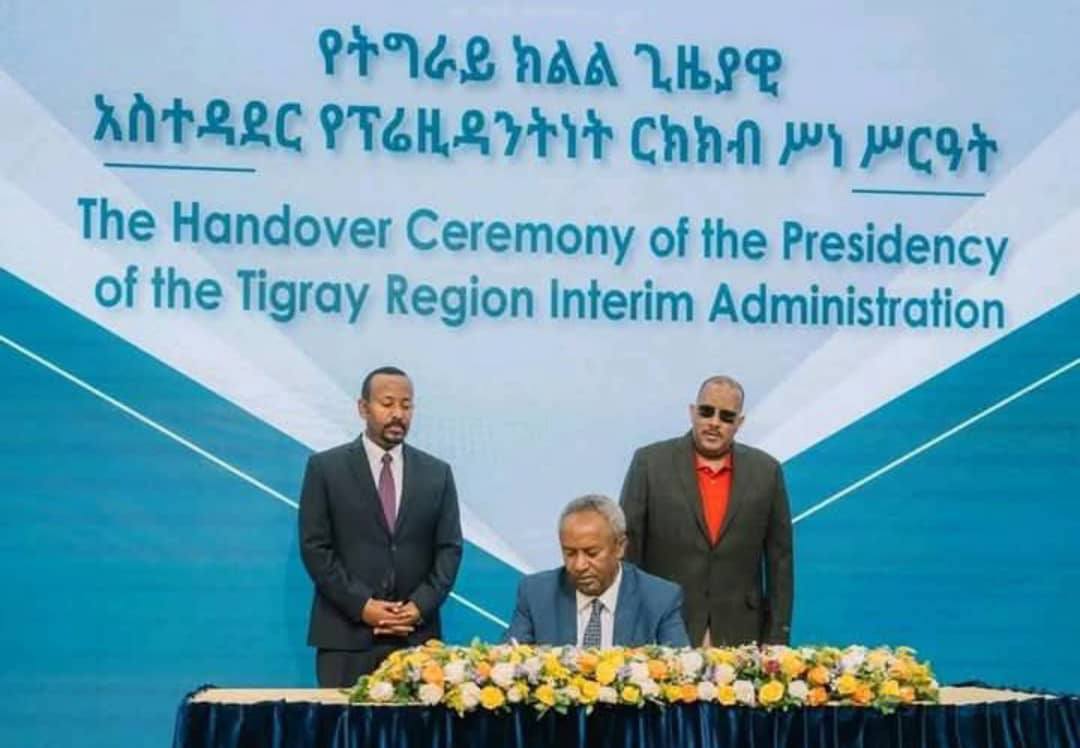
21
Apr
Shifting Sands in Tigray: Regional Dynamics and Ethiopia’s Pursuit of Sovereignty
The recent transition of leadership in Tigray, with General Tadesse Werede assuming the presidency of the Interim Administration, marks a pivotal moment in Ethiopia’s intricate journey towards post-conflict stability. This leadership transition, sanctioned by both the Tigray People’s Liberation Front (TPLF) and the federal government, carries profound implications not only for Tigray itself but also for the delicate relationship between Ethiopia and Eritrea and the enduring quest for genuine autonomy within the Ethiopian federal structure. Analyzing this shift requires considering the historical context of the conflict, the implications for regional power balances, and the potential pathways towards lasting peace and autonomy for the Ethiopian state.
The appointment of General Tadesse, a figure with a strong military background and a key role in the Tigrayan forces during the conflict, introduces a new element that could challenge Eritrea’s influence. While Eritrea’s support was crucial to the Ethiopian federal government during the war against the TPLF, the long-term implications of this alignment for Ethiopia’s sovereignty have been a subject of concern. General Tadesse’s ascendance, backed by the TPLF, may signal a recalibration towards a more internally driven approach to Tigray’s governance, potentially reducing the space for external actors to exert undue influence and prioritizing Ethiopian solutions to Ethiopian challenges.
The Pretoria Agreement, signed between the Ethiopian federal government and the TPLF, aimed to achieve a permanent cessation of hostilities. Its key tenets include the establishment of an inclusive interim administration in Tigray, the crucial steps of disarmament and rehabilitation of combatants, and the essential restoration of governmental services within the war-affected region. The federal government’s acceptance of General Tadesse’s leadership amplifies the federal government’s commitment to this agreement as the primary roadmap for achieving sustainable peace and stability in Tigray, emphasizing a negotiated settlement over reliance on external partnerships. The federal government is maintaining the Pretoria Agreement.
For Eritrea, the implications of General Tadesse’s leadership are multifaceted. While a weakened and internally divided TPLF might align with Eritrea’s long-standing security objectives, a Tigray interim administration that is perceived as effectively implementing the Pretoria Agreement and re-establishing stability under its leadership could limit Eritrea’s ability to exert undue influence within Ethiopia under the pretext of security concerns related to the TPLF. A stable and self-governing Tigray operating within the Ethiopian federal structure would inherently reduce the rationale for external security interventions.
The appointment of General Tadesse and the federal government’s acceptance can be viewed as a step towards preserving national autonomy in the management of its internal affairs. By engaging with the TPLF’s chosen leader within the framework of the Pretoria Agreement, the federal government asserts its authority over internal Ethiopian affairs. This approach could reduce the reliance on external actors like Eritrea for managing the Tigrayan situation, thereby strengthening Ethiopia’s national sovereignty. However, the effectiveness of this hinges on General Tadesse’s genuine commitment to the Pretoria Agreement’s objectives and his ability to foster stability and reconciliation within Tigray.
The tension between the Ethiopian government and Eritrea, particularly their alignment during the conflict, has been a complex dynamic. While initially a pragmatic alliance against a common enemy, it has raised concerns about Eritrea’s broader regional ambitions. General Tadesse’s stated commitment to national sovereignty and the principles of the Pretoria Agreement could indirectly lead to a recalibration of this relationship, prioritizing internal Ethiopian solutions and a Tigray-led stabilization process over a continued reliance on external security partnerships.
The appointment of General Tadesse, while a TPLF nominee, presents an opportunity for the Ethiopian federal government to solidify the Pretoria Agreement and reinforce its authority in Tigray. By accepting the TPLF’s choice, the federal government demonstrates its commitment to the peace process and adherence to the agreed framework. This collaborative approach could foster greater stability within Tigray, ultimately strengthening the federal government’s ability to govern the region without external interference. A stable Tigray operating within Ethiopia’s constitutional framework limits the potential for external actors to exploit any perceived instability.
In conclusion, the ascent of General Tadesse to the leadership of the Tigray Interim Administration presents a nuanced challenge to Eritrea’s regional ambitions and Ethiopia’s quest for genuine autonomy. While the federal government’s acceptance signals a commitment to the Pretoria Agreement and a Tigray-led path to stability, the underlying tensions and the complex dynamics within Tigray mean that the future remains uncertain. Effective implementation of the Pretoria Agreement and a genuine commitment to peace and stability from all actors, including General Tadesse, will be crucial in shaping the region’s future and limiting the potential for external exploitation.
By Bethelhem Fikru,Researcher,Horn Review

